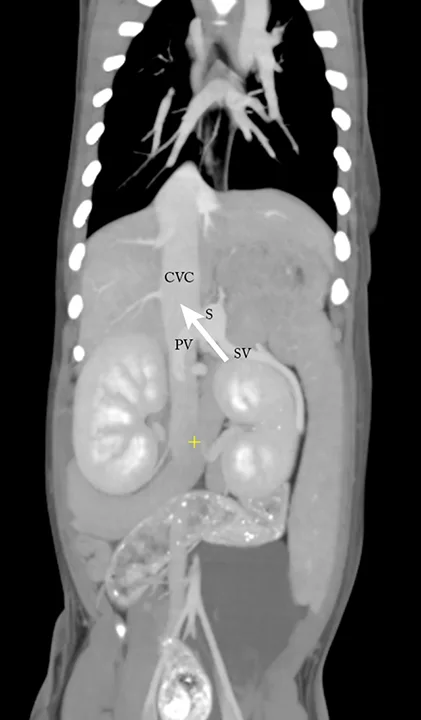Congenital Portosystemic Shunt in a Dog
Sophie Eiger, VMD, University of Florida
W. Alex Fox-Alvarez, DVM, MS, DACVS-SA, Community Care Veterinary Specialists, Gainesville, Florida
Millie, a 10-month-old spayed Yorkshire terrier, is presented for evaluation of a suspected congenital portosystemic shunt (PSS). She has a history of vomiting and diarrhea, occasional stranguria, polyuria, polydipsia, and postprandial lethargy. Millie was recently spayed, and the referral noted a prolonged anesthetic recovery, prompting further investigation.
Physical examination is unremarkable, with the exception of a coarse hair coat and BCS of 3/9. CBC reveals a mild microcytic, normochromic, nonregenerative anemia. Serum chemistry profile reveals moderate increases in ALT and AST, mild hypoalbuminemia, mildly decreased BUN, mild hypoglycemia, and mild hypocholesterolemia. Urinalysis demonstrates a urine specific gravity of 1.006 and ammonium biurate crystalluria. Fasting and postprandial serum bile acids are significantly elevated.
Millie is placed on preoperative medical therapy and a protein-restricted diet and is referred for further diagnostics and surgery.
After 2 weeks, CT angiography is performed, and a splenocaval shunt (Figure 1) and multiple cystoliths are revealed. Exploratory laparotomy is performed, the splenocaval shunt is identified, and an ameroid ring constrictor is placed to achieve gradual occlusion (Figure 2). A liver biopsy is obtained, and a routine cystotomy is performed to remove the cystoliths. All samples are submitted for analysis.
Postattenuation neurologic signs are seen postoperatively, and Millie has a seizure. Medical intervention is initiated; neurologic signs resolve. She is discharged 2 days postoperatively on continued medical therapy and will return for a 2-week follow-up to have the incision checked. Additional follow-ups to monitor response to therapy are planned 1 and 3 months postoperatively for repeat blood work.

FIGURE 1
Sagittal CT image depicting the relationship among the portal vein (PV), splenic vein (SV), caudal vena cava (CVC), and splenocaval portosystemic shunt (S). Portal blood flows through the shunt into the CVC (arrow).